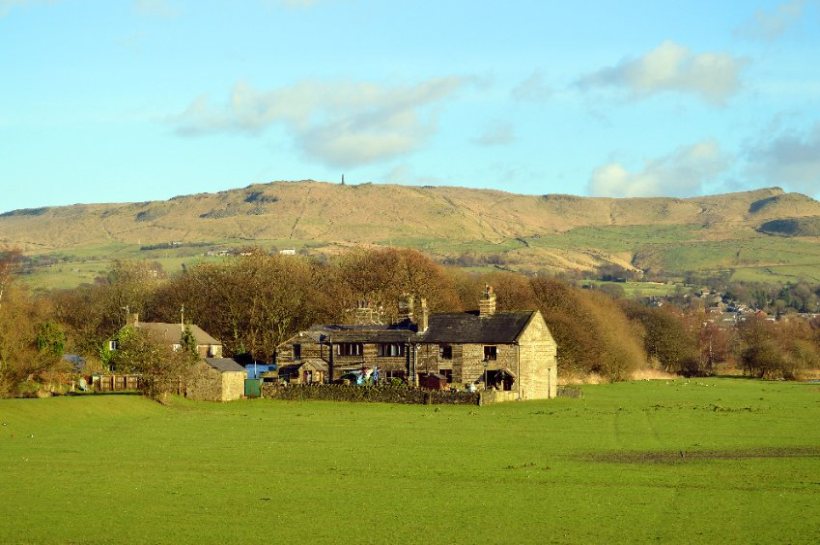
Families living in fuel poverty in rural areas are set to be left £450 poorer than urban ones by October’s energy price rise, new research warns.
The average 'fuel poverty gap,' the additional income that would be needed to bring a household to the point of not being fuel poor, is set to rise to a staggering £1,050 in rural areas in October.
This compares to a projected fuel poverty gap of £600 in urban areas, the research shows.
It means fuel poor homes in rural areas will need around twice as much support to bring them out of fuel poverty than those in urban areas.
Meanwhile, rural households with the poorest insulation rating (energy efficiency rating of F or G) are expected to see a shocking average fuel poverty gap of £3,350.
The research, by the House of Commons Library, was commissioned by the Liberal Democrats.
It comes as the new Prime Minister Liz Truss unveiled plans today (8 September) to limit energy bill increases.
A typical household energy bill will be capped at £2,500, with businesses also offered some support.
But the Liberal Democrats said it wanted to see extra support with energy bills for people living in rural areas, warning they risk becoming the “forgotten victims” of the crisis.
This could include extra support for off-grid homes reliant on heating oil which isn’t subject to Ofgem’s energy price cap.
Liberal Democrat rural affairs spokesperson, Tim Farron said: "Families in rural communities are set to be hardest hit by this tsunami of soaring heating costs.
“The new energy package must take into account the rural fuel poverty gap and provide extra targeted support for those who need it.
“Rural households must not be allowed to become the forgotten victims of this energy crisis.”
